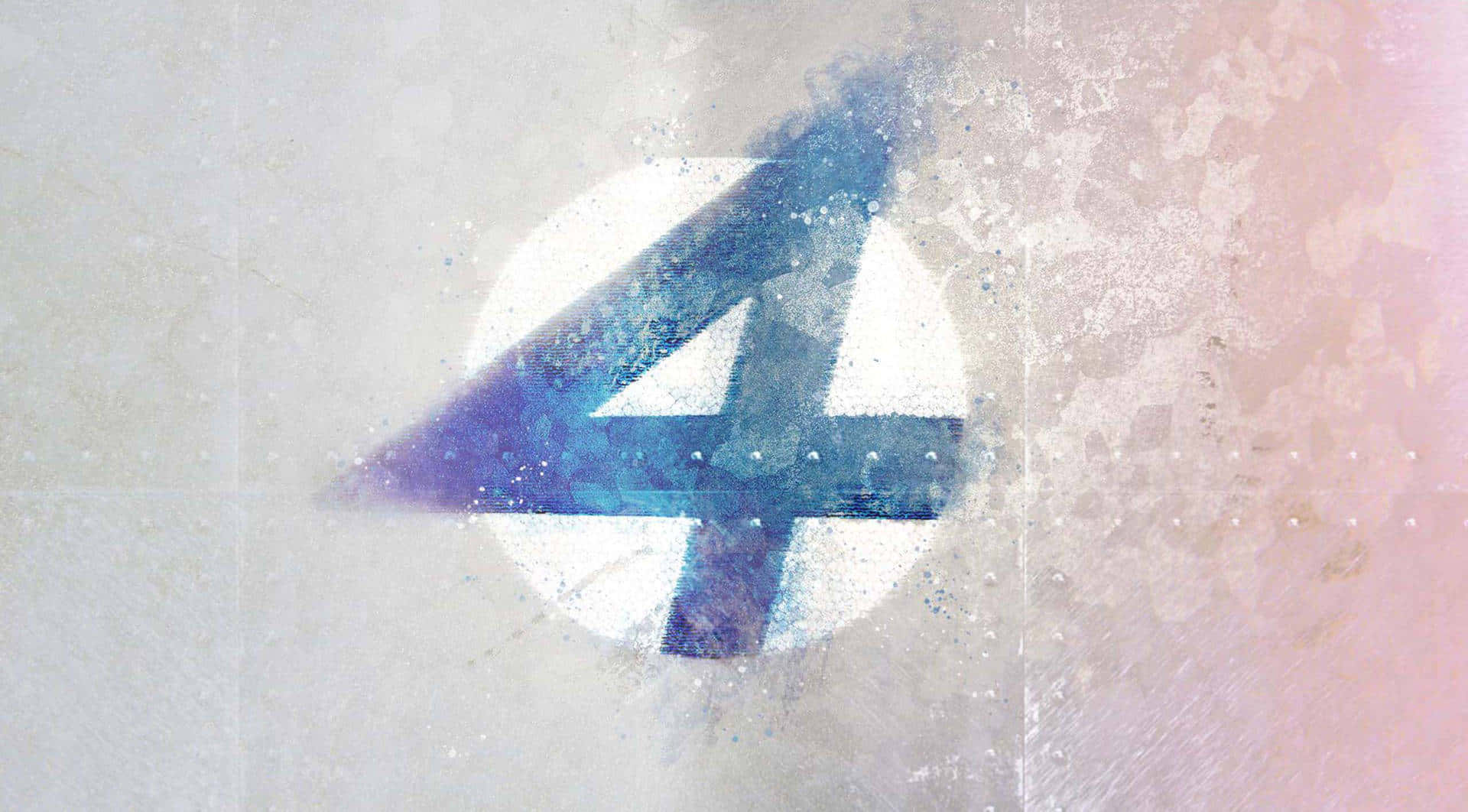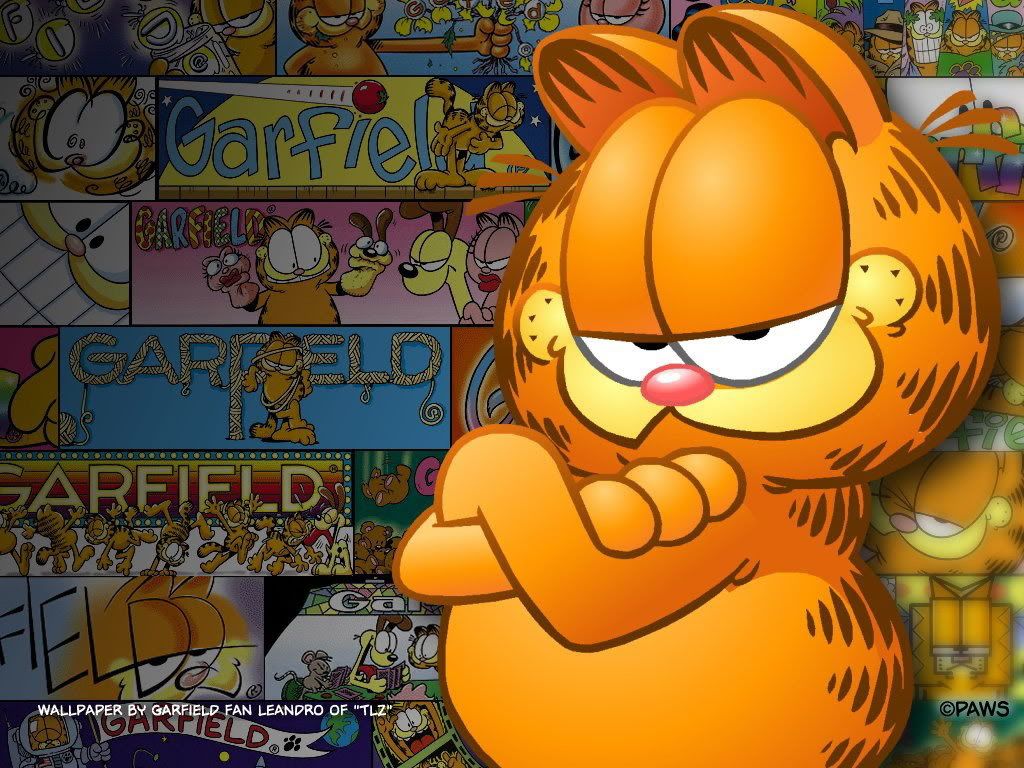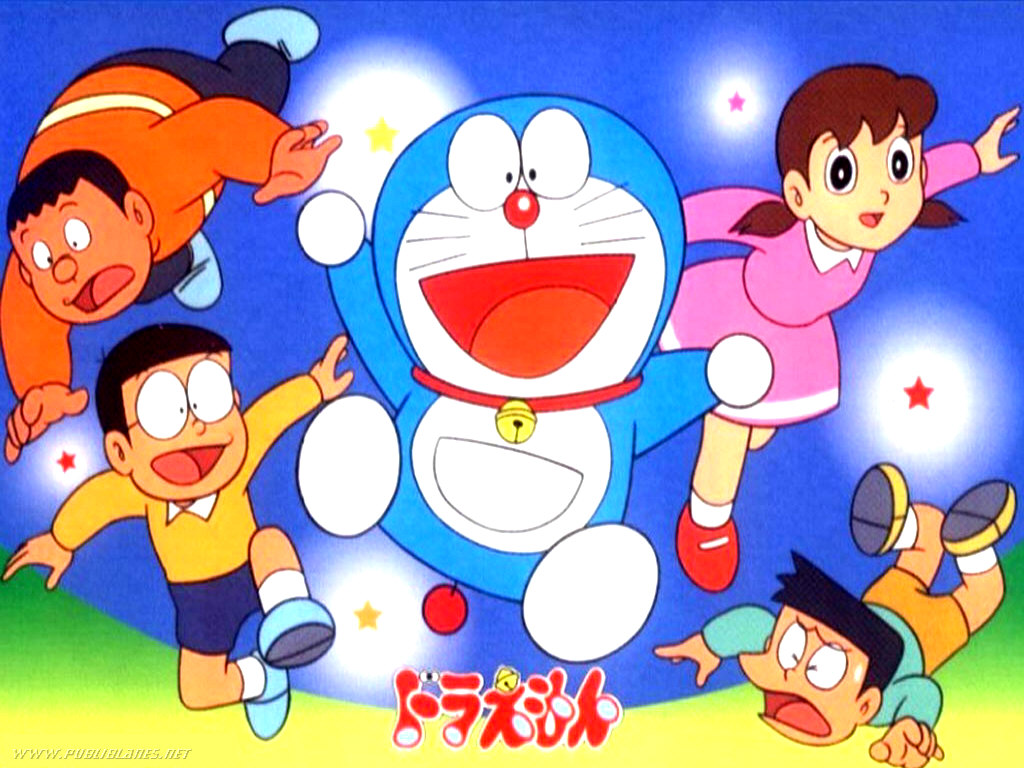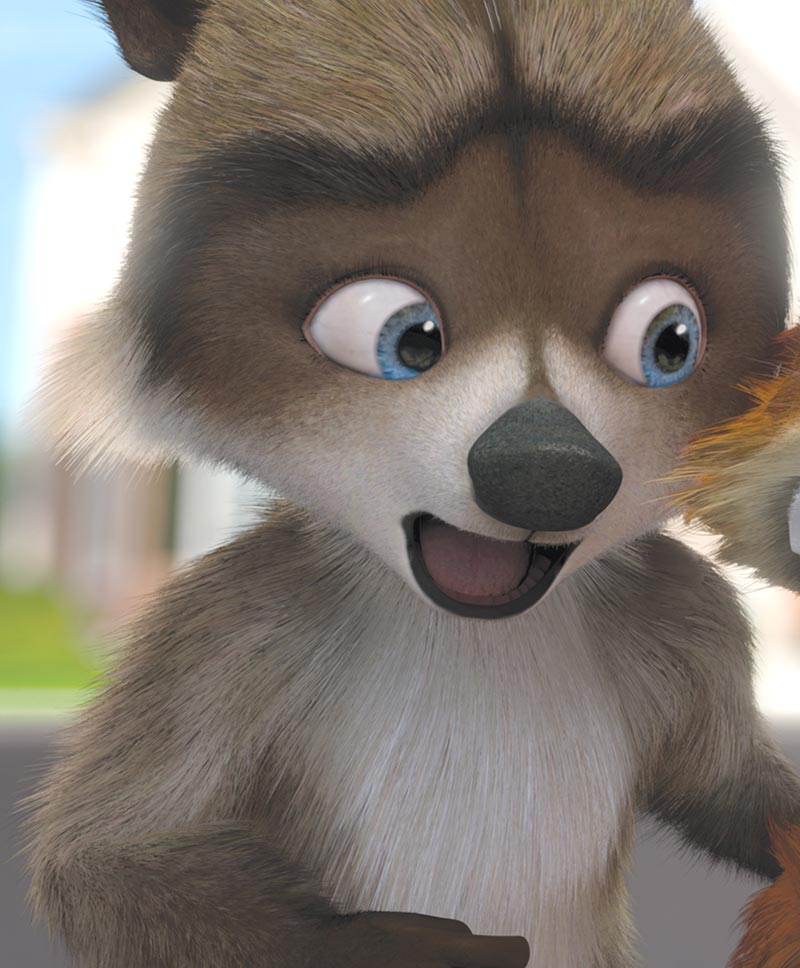

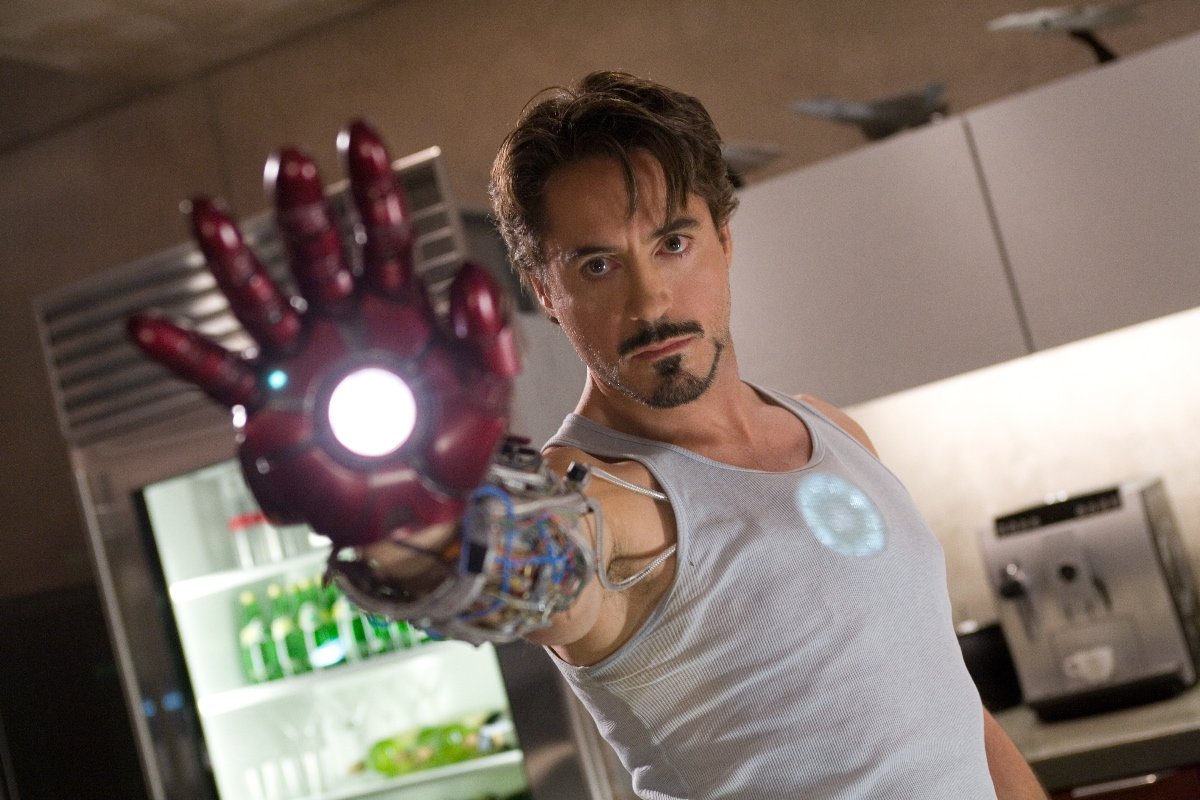
"Capitalism is based on self-interest and self-esteem; it holds integrity and trustworthiness as cardinal virtues and makes them pay off in the marketplace, thus demanding that men survive by means of virtue, not vices. It is this superlatively moral system that the welfare statists propose to improve upon by means of preventative law, snooping bureaucrats, and the chronic goad of fear."—Alan Greenspan
It's not quite as catchy as Spider-Man's "With great power comes great responsibility," or Superman's "Truth, justice, and the American way," but in 1963, Stan Lee decided that the world needed a superhero for whom the tenets of capitalism would be a solemn vow, and thus was born Tony Stark, aka Iron Man. Partially based on Howard Hughes, Tony Stark was no self-doubting teenager dressing in spidery fetish gear, no family unit of four with fantastic powers, no hulking monster who just wanted to be left alone. Stark was a millionaire, an inventor, a ladies' man, a defense contractor, and a card-carrying member of the military-industrial complex. "I'm gonna make him the kind of guy that normally young people hate," Lee gloated.
Further alienating his young-people demographic, Lee set Iron Man's creation story in Vietnam: 1963 saw the United States send 16,000 American military advisers to South Vietnam, and Tony Stark went with them. Hobnobbing with American soldiers while they tried out his new flashlight-size mortars on the Vietcong, Stark is captured by a warlord named Wong-Chu in an ambush that leaves a piece of shrapnel lodged near his heart. With only a week to live, Stark is forced to manufacture weapons for Wong-Chu but instead builds the Iron Man armor, basically a giant pacemaker that just happens to be super strong and can fly. Stark uses the suit to best Wong-Chu in a wrestling match (Wong-Chu fights back by throwing a filing cabinet full of rocks at him) and then escapes to civilization.
To the world, Tony Stark was the head of Stark Enterprises, a company that made high-tech weaponry, like rocket-powered roller skates, for the United States Army. Iron Man ostensibly served as his bodyguard and corporate mascot. But readers knew that Stark was secretly Iron Man and that in this identity he could take care of business—literally. Assuming that what was bad for Stark Enterprises was bad for America, Iron Man destroyed his competitors (who all turned out to be insane, anyway) and battled anyone who endangered his ability to land fat defense contracts. Lazy employees were fired and usually went on to become supervillains, retroactively validating Stark's human-resources acumen. Plus, he hated Commies.
Iron Man's early enemies were Communist evildoers such as the Red Barbarian, the Crimson Dynamo, the Black Widow, the Titanium Man, Boris Bullski, the Red Ghost and his Super Apes, and even Nikita Khrushchev himself. They were all a cowardly, weak, homicidal lot, defective and deviant products of the Communist state. Iron Man was also continually menaced by Asians. His nemesis is still the merciless Mandarin, constantly revived by tone-deaf writers who try, and fail, to drag him out of Fu Manchu's shadow—with his 10 fashionable power rings and his Chinese supremacist agenda, the Mandarin will always be an embarrassing Yellow Peril cliché. In one thrilling story, the anti-Asian and pro-business agendas of Iron Man collided when the Mandarin tried to destroy Stark Enterprises by unionizing its employees.
Throughout the series's history, Oriental enemies have reared their evil heads: the Yellow Claw, China's Radioactive Man, Fu Manchu himself. Japan fielded Samurai Steel, as well as the right-wing nationalist Monster Man, and even when the nation came up with its own superhero, Sunfire, he was really just a front to expand Japanese corporate interests in Vietnam. In a display of good taste, Marvel Comics published a very special Vietnam issue of Iron Man in 1975 dedicated to "peace" and featuring bright-yellow-skinned, bucktoothed Vietnamese soldiers.
If Iron Man sounds like your embarrassing uncle who drinks too much at Christmas and then rails against "Commies" and "coloreds," why is he still around? Perhaps because 1963 wasn't just the year we escalated our involvement in Vietnam but the year when Kennedy was assassinated. Comic-book readers found a father figure in Tony Stark. He was responsible but not stodgy. He could keep them safe, but he was hip to new technology. Also, within the Marvel comics universe, Iron Man has been treated with respect, unlike his peer Captain America. Over the past few years in the pages of Iron Man, the shielded hero has been appointed the secretary of defense and become the director of the comic-book-world version of the U.N. Captain America, on the other hand, has been arrested, shot, and, in a truly humiliating moment, forced to admit not only that he didn't know what MySpace was but that he didn't watch American Idol.
Even now, Iron Man represents Stan Lee's adolescent dog-eat-dog version of capitalism, the version that appeals to our "might makes right" monkey brains: Innovation is good; monopolies rock when we run them, suck when we don't; big corporations need CEOs rich enough to own space jets; and regulations should be a result of the CEOs' benevolence and wisdom, not imposed by outsiders. Tony Stark is a self-made man who believes that we can build ourselves out of trouble. He's one of America's romanticized lone inventors who, like Steve Jobs, solve problems by locking themselves away in secret workshops to emerge later with their paradigm-shifting inventions.
These days, the Iron Man comic book sells worse than not only the Hulk, Daredevil, Captain America, and Thor but the six different titles featuring Wolverine. So why an Iron Man movie? In a maneuver worthy of Tony Stark himself, Marvel Comics is producing Iron Man on its own after getting burned on licensing deals for the lucrative Spider-Man and X-Men franchises. Who's left in the stable? Captain America and Daredevil have already bombed on film, and the Hulk and Thor are in movies coming later this year, and so Iron Man it is. The Iron Man movie is a decision born of greed and pragmatism, a decision based on Marvel's best corporate interests. It's a purely capitalist decision, and according to Iron Man ethics, that makes it practically heroic.




